Meta Ads, encompassing Facebook and Instagram advertising, have become indispensable tools for businesses of all sizes. The key to unlocking their full potential lies not just in creating compelling ads but, critically, in strategically budgeting across different campaign types. Poor budgeting can quickly drain your resources, while smart allocation maximizes your return on investment (ROI). This comprehensive guide will delve into the nuances of Meta Ads budgeting, providing actionable strategies tailored to various campaign objectives.
Introduction: Understanding the Meta Ads Landscape
The Meta Ads ecosystem offers a diverse range of campaign objectives – reach, traffic, lead generation, brand awareness, and sales. Each objective demands a distinct budgeting approach. For instance, a brand awareness campaign prioritizing broad reach will necessitate a higher budget than a lead generation campaign focusing on a smaller, highly targeted audience. Moreover, the platform itself influences budgeting. Meta dynamically adjusts ad delivery based on bidding and audience signals, requiring a proactive, data-driven approach to maintain optimal spend.
Campaign Objectives and Budgeting
Let’s break down budgeting based on common campaign objectives:
- Brand Awareness Campaigns: These campaigns prioritize exposure to a large audience. Budgets should be substantial, often ranging from $500 to $5,000+ per month, depending on the target audience size and competition. Focus on broad targeting and utilizing visually engaging creative.
- Reach Campaigns: Similar to brand awareness, but with a heavier emphasis on expanding the audience’s familiarity with your brand. Budget: $300 – $2,000 per month.
- Traffic Campaigns: Aim to drive users to your website or landing page. Budget: $500 – $3,000+ per month. Optimize for click-through rate (CTR) to control costs.
- Lead Generation Campaigns: These campaigns focus on collecting contact information from potential customers. Budget: $1,000 – $5,000+ per month. Precise targeting and compelling offers are crucial.
- Conversion Campaigns: Designed to drive sales directly (e.g., online purchases). Budget: $2,000 – $10,000+ per month. Requires strong product-level targeting and effective conversion tracking.
- App Install Campaigns: If you have a mobile app, these campaigns are essential. Budget: $1,000 – $7,000+ per month.
Budgeting Strategies
Beyond campaign objectives, several overarching strategies can optimize your Meta Ads budget:
- The 80/20 Rule: Allocate 80% of your budget to campaigns performing exceptionally well and 20% to campaigns needing improvement. This allows you to capitalize on successes while dedicating a smaller portion to experimentation.
- Incremental Budgeting: Start with a conservative budget and gradually increase spend based on performance metrics. Monitor key indicators like CPM (cost per thousand impressions), CPC (cost per click), and conversion rates.
- Dayparting: Meta allows you to schedule your ads to run during times when your target audience is most active. Utilize this feature to maximize ad delivery during peak engagement periods.
- Bid Strategies: Meta offers various bid strategies, including manual bidding, automated bidding (Cost Per Result, Lowest Cost), and value-based bidding. Select the strategy that aligns with your objectives and risk tolerance.
- A/B Testing: Continuously test different ad creatives, targeting parameters, and bid strategies to identify what resonates most with your audience.
- Retargeting: Retargeting campaigns are incredibly cost-effective. Allocate a portion of your budget specifically to retargeting users who have previously interacted with your website or app.
Cost-Per-Result Metrics
Understanding and optimizing for key cost-per-result metrics is vital. Here’s a breakdown:
- CPM (Cost Per Mille/Thousand Impressions): Measures the cost of showing your ad 1,000 times. Lower CPM indicates more efficient ad delivery.
- CPC (Cost Per Click): The amount you pay each time someone clicks on your ad.
- CTR (Click-Through Rate): The percentage of people who see your ad and click on it (CTR = Clicks / Impressions). A high CTR indicates engaging ad creative.
- CPL (Cost Per Lead): The cost of acquiring a single lead. Crucial for lead generation campaigns.
- CPA (Cost Per Acquisition/Purchase): The cost of acquiring a customer or driving a sale. The ultimate measure of campaign effectiveness.
Advanced Budgeting Techniques
For experienced Meta Ads managers, these techniques can further optimize budgets:
- Lookalike Audiences: Expand your reach by targeting users who share characteristics with your existing customers.
- Custom Audiences: Upload your customer email lists or phone numbers to target specific segments.
- Dynamic Creative Optimization (DCO): Meta automatically adjusts ad creative based on user data, maximizing engagement and conversions.
- Budget Pacing: Strategically distribute your budget across the campaign duration to maintain consistent ad delivery and avoid overspending early on.
Budgeting for Different Campaign Types – Detailed
Let’s delve deeper into budgeting for specific campaign types:
Budgeting for Brand Awareness Campaigns
Brand awareness campaigns are about introducing your brand to as many relevant people as possible. These campaigns often operate with a lower CPA as the primary goal is brand recognition rather than immediate sales. Budget allocation here needs to reflect the vastness of the target audience you’re trying to reach. Consider a daily budget of $50 – $100 initially, scaling up to $500 – $2,000+ if you’re targeting a smaller, highly engaged audience.
Budgeting for Lead Generation Campaigns
Lead generation requires a much more targeted approach. The cost per lead (CPL) is a key metric, so careful optimization is crucial. Start with a daily budget of $10 – $50 and closely monitor your CPL. If your CPL is too high, refine your targeting and offer. A strong lead magnet (e.g., free ebook, webinar) is essential.
Budgeting for Sales Campaigns
Sales campaigns demand the highest level of precision. These campaigns typically have the highest CPA, but also the potential for the greatest return on investment (ROI). Budget allocation should be based on strong product-level targeting and robust conversion tracking. A daily budget of $200 – $1,000+ is common, but can vary significantly depending on the industry and product.
Conclusion
Effective Meta Ads budgeting requires a data-driven approach. Continuously monitor your campaign performance, analyze your key metrics, and make adjustments as needed. By implementing the strategies outlined in this guide, you can maximize your ROI and achieve your advertising goals.
Remember to regularly review your campaign settings, experiment with different bidding strategies, and stay informed about the latest Meta Ads features and best practices.
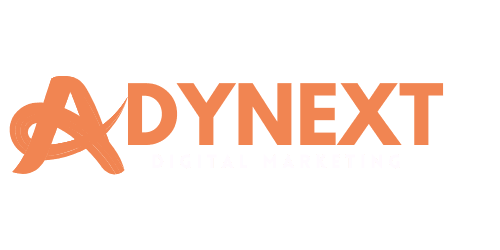





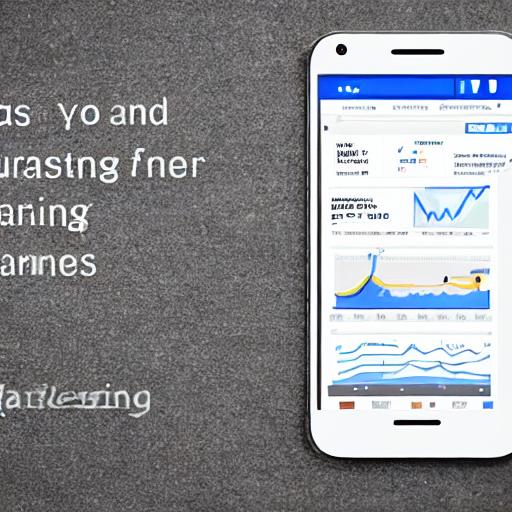
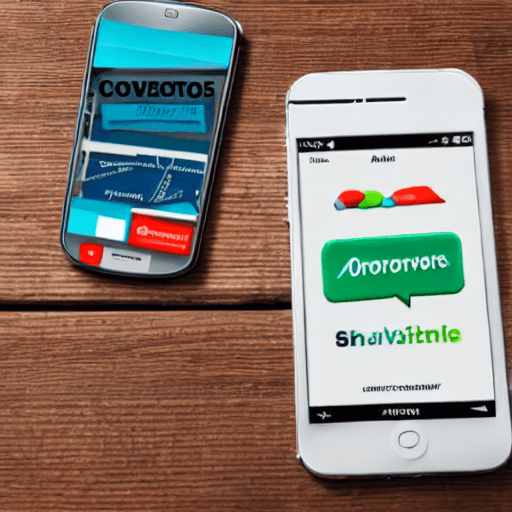


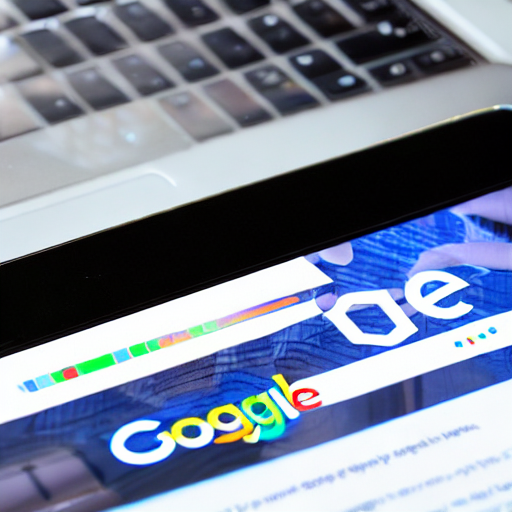
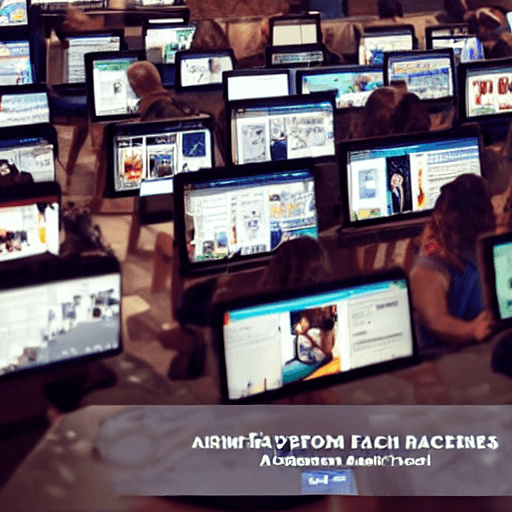









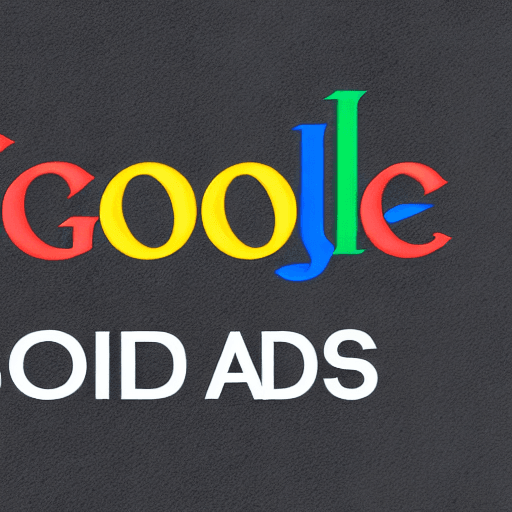


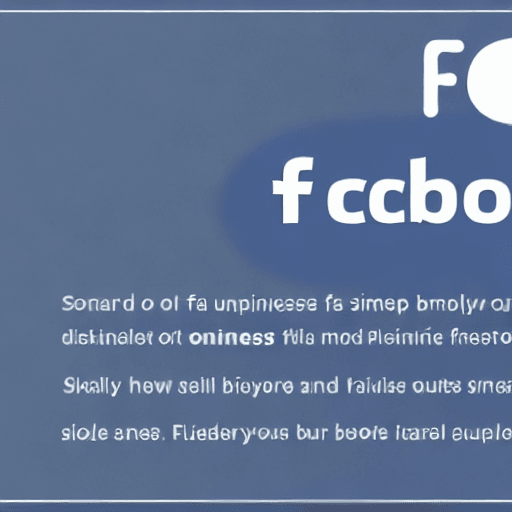
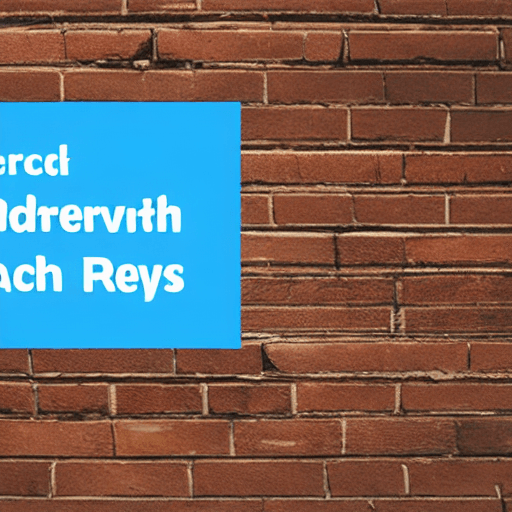









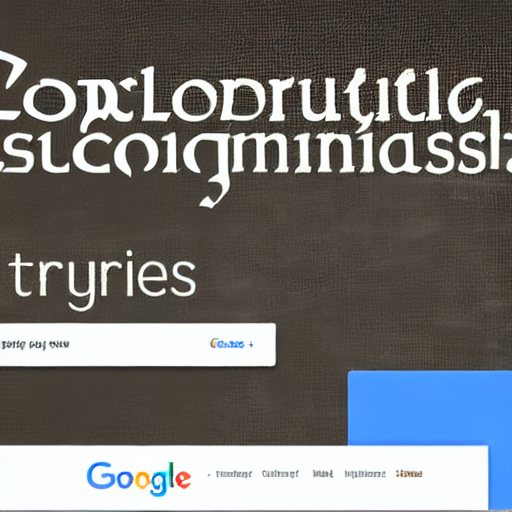




[…] Lifetime Budget: You set a total budget for your campaign. […]
[…] first step in any LinkedIn Ads campaign is selecting the appropriate objective. This determines the type of campaign you’ll run and the metrics LinkedIn will optimize […]
[…] Budget Optimization: Adjust your daily budget based on campaign performance. Increase the budget for campaigns that are driving positive […]